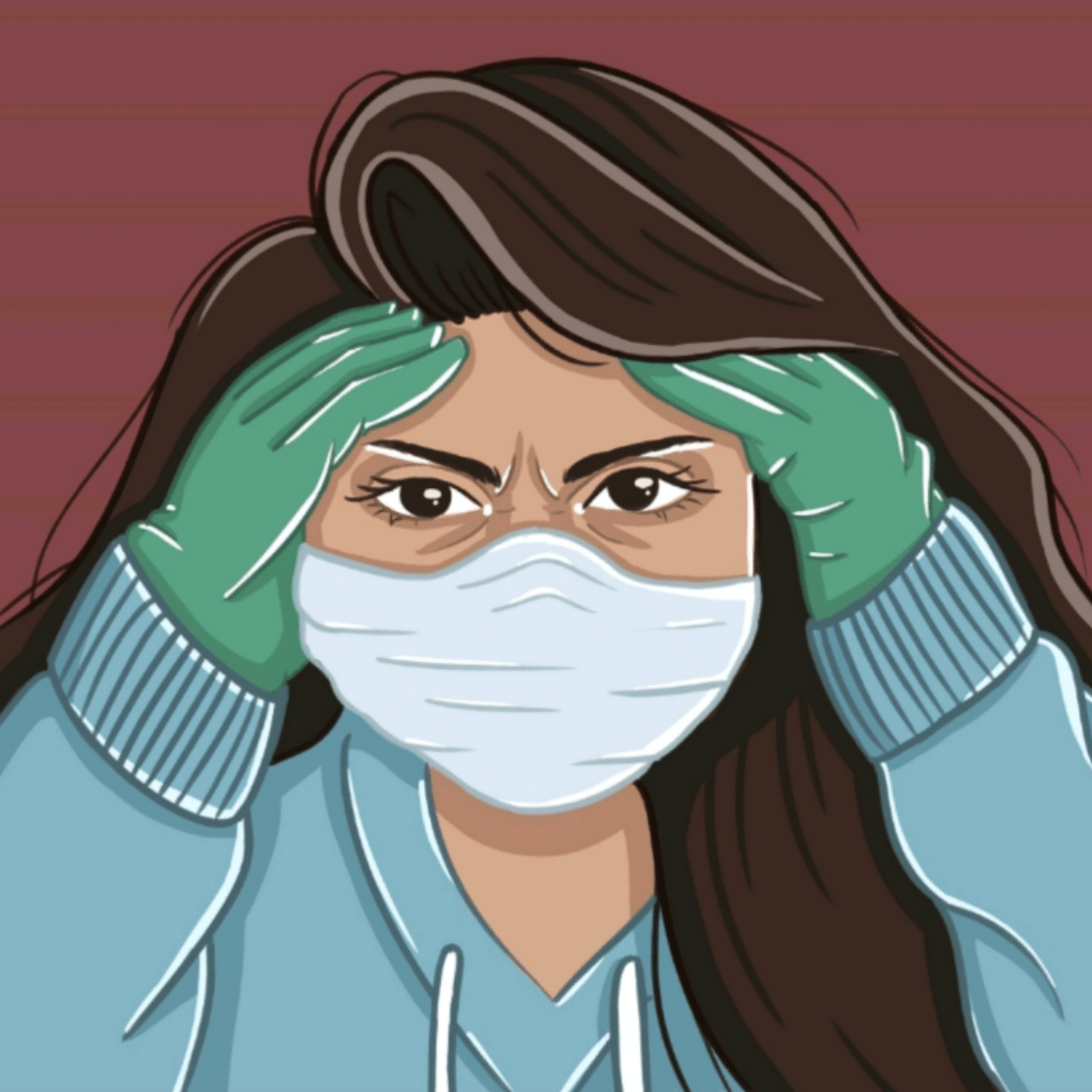By Jason Tayer x Emmet McGeown
The Coronavirus remains very present and contagious around the country and world. However, as expert organizations, such as the World Health Organization (WHO), find new ground-breaking data, knowledge about the nature of the virus and how it spreads advances.
According to CNBC, Dr. Maria Van Kerkhove admits that the previously widely believed notion of the virus spreading between and from asymptomatic carriers has lost traction. Instead, Maria claims that it’s “very rare” for virus transmission to take place among asymptomatic patients based on contact tracing and secondary transmission analysis data. Maria’s news briefing at the UN agency’s Geneva headquarters can be found HERE. The New York Post also adds that narrowing in and focusing on all isolating and quarantining all of the symptomatic cases could result in much fewer transmission rates.
However, as of Tuesday, following widespread skepticism from global healthcare officials, the head of WHO’s diseases and zoonosis unit, Dr. Maria Van Kerkhove, has walked back statements that she made during a Monday press conference. After an influx of criticism, she clarified that it’s “misunderstanding to state that asymptomatic transmission globally is very rare,” instead claiming that she was referring to a “small subset of studies.” Van Kerkhove acknowledges that much is unknown and that there exist models, which estimate that around 40% of transmissions are due to asymptomatic individuals.
With this recent news and many cities beginning to enter new phases of reopening, it may seem feasible to allow asymptomatic people to reopen and participate in various public businesses and services. AMNY expands on the example of NYC, where they are now in phase 1 of reopening. Even with this phase of reopening underway, the Department of Health has found that there have not been significant spikes in COVID-19-like cases in emergency rooms.
Regardless of the scrambling by the WHO to refine its oratory or the Department of Health observing no significant spikes in cases, there is no doubt that isolation and social distancing are slowing the spread of the virus. Indeed, it is possible that “asymptomatic” individuals can, in fact, be pre-symptomatic or simply be experiencing a very “mild disease.” This muddies the waters to such an extent that taking precautions seems to be the only logical corollary of the medical community’s ongoing attempt at total comprehension of the virus. Dr. William Schaffner, a Vanderbilt University professor and longtime adviser to the CDC says, “I thought they [WHO] were getting very prissy and trying to slice the salami very fine.” He, like many other medical experts, believes that whether asymptomatic, pre-symptomatic, or mildly symptomatic, people should be wearing masks, washing their hands, staying away from large crowds and social distancing when possible.
Such perspectives echo the findings of a study, published in the scientific journal Nature, which suggest that the emergency lockdown procedures of six countries, ranging from Iran to the US, have prevented more than 500 million coronavirus infections across all six nations.
This leaves one wondering whether or not the accelerated re-openings of hotspots like Las Vegas casinos where, last year, guests outnumbered residents 20 to 1 are wise. Yet, with the risk of a mental health crisis and a hemorrhaging global economy, many are supportive of dismantling protective measures. However, we must dispel the false dichotomy that we must choose between complete lockdown and a restless revival or normal life. One only ought to look at Turkey where the government ordered only the young and elderly to remain at home while everyone else, except consumer-facing businesses, never ceased working. According to The Economist, “the vulnerable escaped the worst of the pandemic while those infected, mostly working-age adults, generally recovered.”
Irrespective of which approach the states decide to embark upon, the fact still remains that over 7 million people have been affected and the virus continues to spread.






